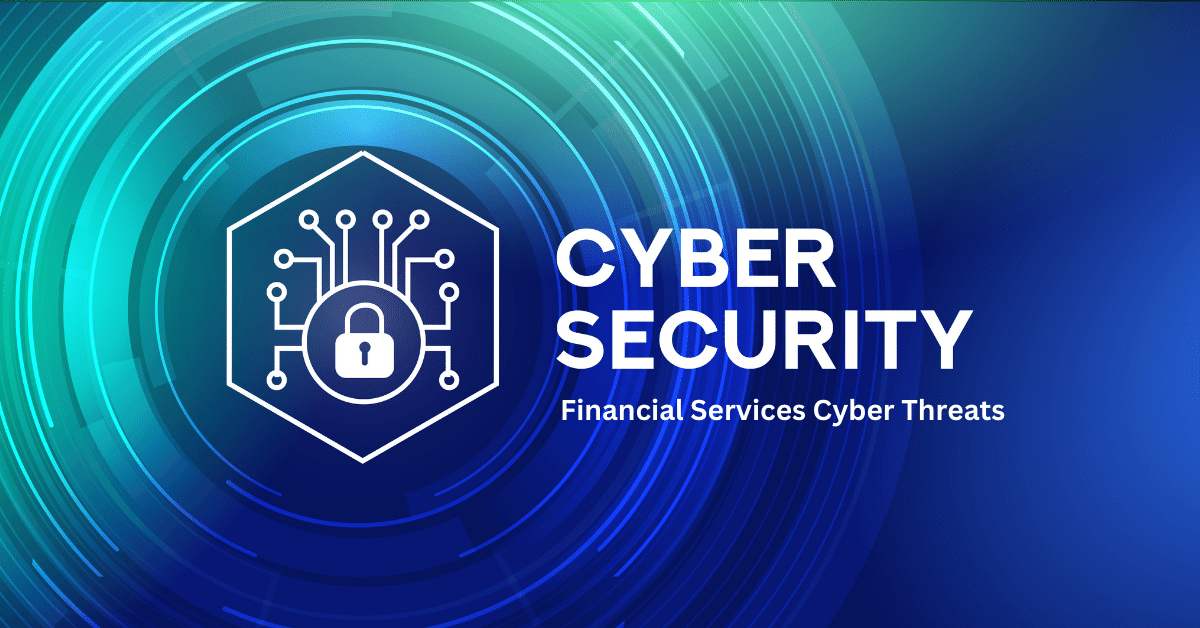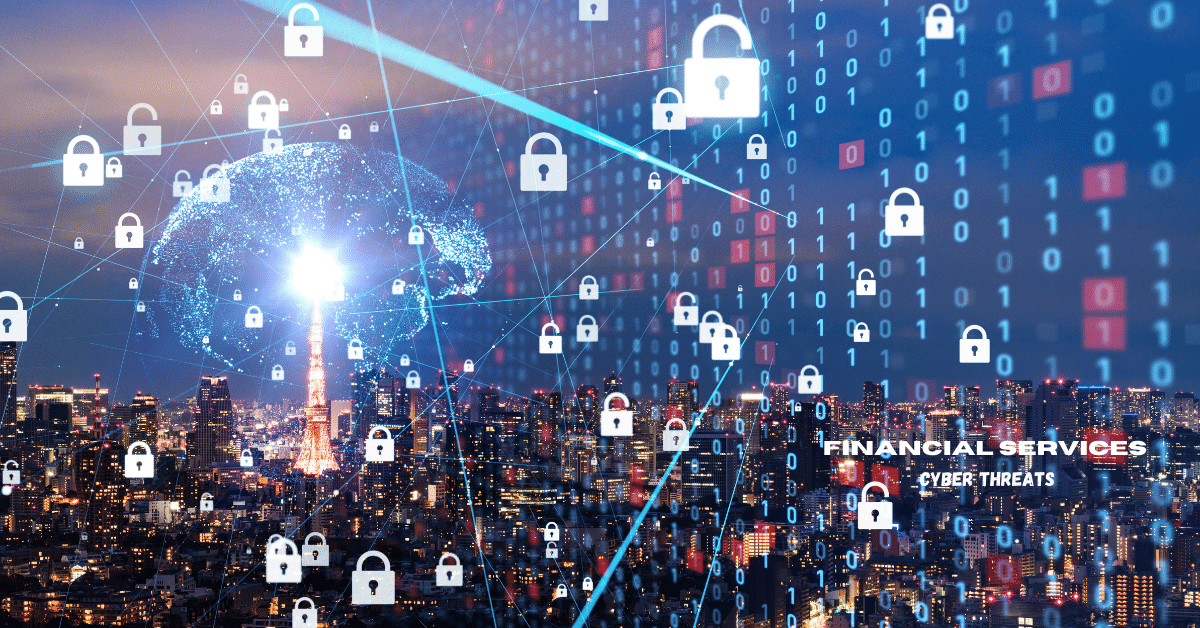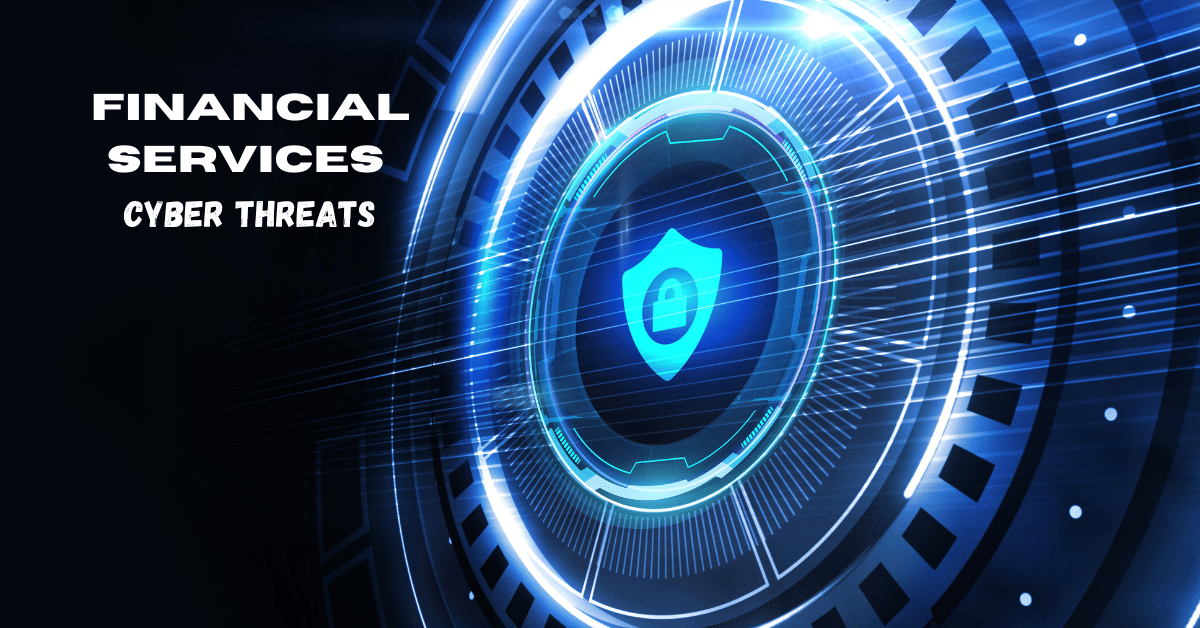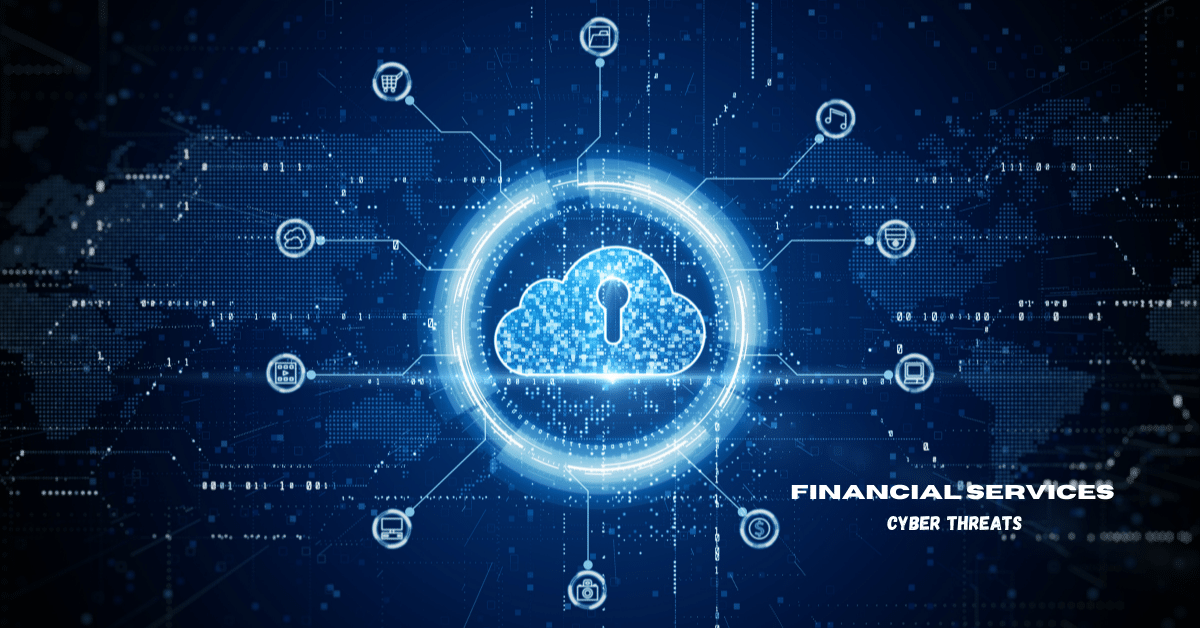Cybersecurity within the financial field is a vital part in the contemporary electronic landscape. The significance of safeguarding financial services from cyber threats. Procedures against possible cyber threats cannot be overstated.In a period where technological advancements have changed banking solutions, the reliance on durable cyber-security actions is extremely important to make certain the stability and discretion of sensitive financial details.

Understanding the Significance of Cyber Security in Banking
Securing Customer Data
Cybersecurity in banking prolongs past the security of financial institutions; it directly influences the safety and privacy of clients’ delicate data. Financial companies collect a variety of personal and monetary details from their consumers, including bank account information, social security numbers, and individual identification details.Subsequently, ensuring the security of consumer information is a fundamental responsibility of banks.
Mitigating Financial Losses
The repercussions of cyber assaults on the financial sector can be economically disastrous. Cyberthreats such as phishing,malware assaults, and data breaches can result in substantial financial losses, staining the online reputation and trustworthiness of banks.
Using robust cyber security measures is important to reduce these prospective monetary implications.
Regulative Compliance
Banking institutions go through strict laws and compliance criteria to guarantee the safety and security and personal privacy of client info.
Compliance with regulative bodies’ demands such as the Payment Card Industry Data Security Standard (PCI DSS) and General Data Protection Regulation (GDPR) is vital to prevent lawful penalties and preserve clients’ count on.

Strategies for Enhanced Cyber Security in Banking
Applying Advanced Encryption Techniques
Utilizing security innovations for protecting sensitive information during transmission and storage space is a fundamental pillar of cybersecurity in banking. End-to-end file encryption methods guarantee that information remains illegible to unauthorized entities, thereby strengthening security actions.
Multi-Factor Authentication (MFA).
Multi-factor authentication acts as an extra layer of safety, requiring customers to provide several types of verification before getting to their accounts. Making use of factors such as passwords, biometrics, or single codes considerably fortifies the verification procedure.
Normal Security Audits and Updates.
Continuous examination and improvement of cybersecurity frameworks with normal protection audits and system updates are vital. Determining susceptabilities and quickly covering safety and security spaces guarantees aggressive protection against advancing cyber hazards.
Worker Training and Awareness.
Human mistake continues to be among the weakest links in cybersecurity. Performing thorough training programs and fostering a society of cybersecurity recognition among staff members can reduce the dangers related to social engineering attacks and unintended data leakages.
Collaboration Among Financial Institutions.
Partnership amongst banks and financial institutions reinforces the collective protection versus cyber threats with shared intelligence and resources.

Importance of Cyber Security in Banking Institutions.
The significance of cyber safety in financial institutions can not be overstated. It safeguards confidential information,protects against monetary fraud, and promotes the honesty and trust fund of financial institutions.
Cyber Threats Facing Banking Sector.
Financial institutions face a myriad of cyber dangers, including phishing strikes, ransomware, malware, and social engineering.Comprehending these risks is critical to constructing durable defense mechanisms.
Function of Encryption in Banking Cybersecurity.
File encryption plays an essential duty in protecting delicate information transmitted in between customers, banks, and other monetary entities. Carrying out robust security procedures is essential to safeguard information transmission.
Verification Methods in Banking Security.
Applying multi-factor authentication (MFA) and biometric authentication techniques enhances safety by adding layers of verification,guaranteeing only authorized access to accounts.
Data Breaches and Risk Mitigation in Banks.
Information violations position a considerable threat to banking establishments. Efficient threat mitigation approaches,such as normal safety and security audits and data encryption, can lessen the influence of such violations.
Compliance and Regulatory Measures.
Banks stick to rigid conformity requirements and regulations to guarantee information privacy and safety, such as GDPR, PCI DSS,and others, consequently improving total cyber safety.

Cybersecurity Training for Banking Staff.
Educating teller on cyber risks and finest methods in cyber security is critical to creating an aggressive safety society within the establishment.
Cyber Incident Response in Banks.
Developing robust event feedback procedures enables financial institutions to promptly and effectively respond to cyber assaults,lessening potential damages.
Cloud Computing Security in Banking.
As financial institutions progressively adopt cloud-based solutions, making sure the security of data stored and refined in the cloud ends up being an important aspect of cyber safety and security techniques.
Mobile Banking Security Measures.
With the proliferation of mobile financial, carrying out rigid safety and security actions for mobile applications is important to safeguard client data.
Function of AI and Machine Learning in Banking Security.
AI and artificial intelligence innovations help in identifying anomalies and prospective dangers, strengthening the total security framework of banks.
Blockchain Technology and Banking Security.
Blockchain’s decentralized nature improves safety by supplying unalterable transaction documents and preventing tampering with monetary information.
Insider Threats and Preventive Measures.
Dealing with expert hazards with accessibility controls, tracking, and regular audits mitigates threats related to internal safety breaches.
Third-party Vendor Risk Management.
Financial institutions should make sure that third-party suppliers follow strict security protocols to minimize potential vulnerabilities emerging from exterior partnerships.
Occurrence Reporting and Escalation Protocols.
Developing clear occurrence coverage and acceleration protocols guarantees a timely feedback to possible security violations.
Consumer Education on Banking Cybersecurity.
Educating customers about cyber dangers and providing security ideas enhances their awareness and assists in protecting against cyber strikes targeting their accounts.
Cyber Insurance in the Banking Industry.
Cyber insurance assists mitigate monetary losses in the event of a cyber strike, supplying an added layer of protection to banks.
Cross-border Cybersecurity Challenges.
Browsing cross-border cybersecurity difficulties involves adhering to differing regulations across different regions while making certain regular security standards.

Future Trends in Banking Cybersecurity.
Emerging innovations like quantum computing, IoT protection, and enhanced risk knowledge will certainly form the future of financial cyber safety.
Cybersecurity Investment in Banking Sector.
Investing in cutting-edge security modern technologies and infrastructure is essential for banks to remain ahead in the cybersecurity landscape.
Stabilizing Customer Experience with Security.
Striking a balance in between offering smooth consumer experiences and durable safety and security steps is important for financial establishments.
Improvements in Cybersecurity.
The landscape of cybersecurity within the banking industry is vibrant, defined by ongoing advancements and innovations.
Technologies such as expert system (AI) and machine learning are poised to change cybersecurity methods, encouraging financial institutions to predict and preemptively thwart cyber threats.
Understanding Cyber Security in Banking.
Financial services cyber threats,Cyber safety in the banking sector involves shielding monetary systems, data, and networks from unauthorized gain access to,cyber assaults, and information breaches. It includes numerous strategies and modern technologies to guarantee a secure banking environment.

Verdict.
In conclusion, prioritizing cybersecurity in the financial market is not simply a requisite but a moral dedication to protecting clients’ economic health.
Carrying out robust cybersecurity measures to safeguard financial services cyber threats, sticking to regulatory standards, and embracing technical advancements are pivotal in fortifying the resilience of banking institutions against ever-evolving cyber dangers.
